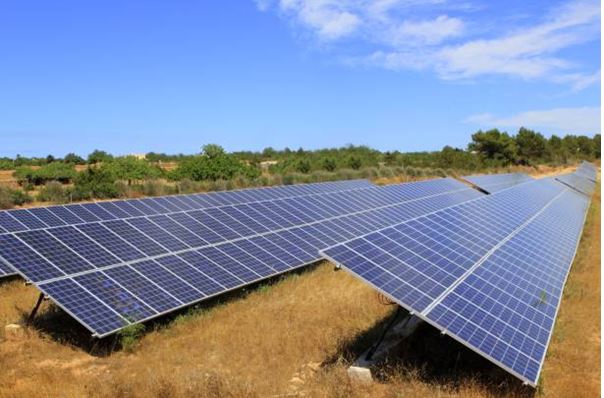In recent years, the adoption of solar energy has surged across the globe, driven by a collective awareness of environmental concerns and a desire to reduce reliance on conventional energy sources. In Australia, where abundant sunlight is a natural resource, solar power has become an increasingly popular choice for households looking to harness renewable energy. Among the various solar systems available, the 10kW solar system has gained significant attention for its capacity to meet the energy needs of medium to large-sized Australian households.
In this article, we will delve into the dynamics of the 10kW solar system, exploring its benefits, challenges, and how it strikes a delicate balance between cost and performance.
Understanding the 10kW Solar System
The 10kW solar system refers to a photovoltaic (PV) system with a capacity of 10 kilowatts, capable of generating approximately 40-50 kWh of electricity per day, depending on factors such as location, sunlight exposure, and system efficiency. This system typically consists of solar panels, inverters, mounting structures, and a monitoring system to optimise energy production.
Benefits of the 10kW Solar System
1.Optimal Size for Medium to Large Households
The 10kW solar system is well-suited for medium to large-sized Australian households with higher energy consumption. It can effectively offset a significant portion of electricity bills, making it a practical choice for families with multiple occupants and energy-intensive lifestyles.
2.Maximizing Solar Potential
Australia, blessed with ample sunlight, is an ideal environment for solar power generation. The 10kW system, with its larger capacity, can harness more sunlight and convert it into electricity, maximising the solar potential of residential properties.
3.Grid Independence and Feed-in Tariffs
By installing a 10kW solar system, homeowners can reduce their dependence on the grid during daylight hours. Excess energy generated can be fed back into the grid, earning homeowners feed-in tariffs and further lowering their electricity bills.
4.Environmental Sustainability
Opting for a 10kW solar system aligns with the growing emphasis on environmental sustainability. Solar power is a clean, renewable energy source that helps reduce greenhouse gas emissions, mitigating the environmental impact of traditional energy production.
Challenges and Considerations
1.Initial Investment
One of the primary challenges associated with the 10kW solar system is the initial investment required. While prices for solar systems have decreased over the years, the cost of purchasing and installing a 10kW system remains relatively higher compared to smaller systems.
2.Space Requirements
The 10kW solar system requires a significant amount of roof space for installation. Not all households may have the requisite space, and in some cases, modifications or additional structures may be needed to accommodate the larger system.
3.System Maintenance
As with any solar power system, regular maintenance is essential to ensure optimal performance. The larger scale of the 10kW system may require more frequent and thorough checks, adding to the overall cost of ownership.
4.Variable Energy Production
The energy production of solar systems is subject to fluctuations based on weather conditions, time of day, and seasonal changes. While the 10kW system is designed to generate substantial power, its output can vary, affecting the reliability of solar energy as a sole power source.
Balancing Cost and Performance
1.Return on Investment (ROI)
Despite the initial high cost, the 10kW solar system offers a favourable return on investment over time. Homeowners can expect significant savings on their electricity bills, and with feed-in tariffs, the system can become a revenue-generating asset.
2.Government Incentives and Rebates
To alleviate the financial burden of solar system installation, various Australian states and territories offer government incentives and rebates. These programs aim to encourage the adoption of renewable energy and can substantially reduce the overall cost of installing a 10kW solar system.
3.Choosing Quality Components
To ensure long-term reliability and performance, it is crucial to invest in high-quality solar panels, inverters, and other system components. While this may slightly increase the upfront cost, the durability and efficiency of premium components contribute to the overall success of the 10kW solar system.
4.Energy Storage Solutions
Integrating energy storage solutions, such as batteries, with a 10kW solar system can enhance its performance and reliability. Batteries store excess energy for use during periods of low sunlight, offering homeowners greater energy independence and security.
Conclusion
The 10kW solar system stands as a viable and increasingly popular choice for Australian households seeking to balance cost and performance in their pursuit of renewable energy. Despite the initial investment and considerations related to space and maintenance, the long-term benefits, including substantial energy savings and environmental sustainability, make it a compelling option. As technology continues to advance and government initiatives support the transition to renewable energy, the 10kW solar system is likely to play a crucial role in powering Australian homes sustainably and efficiently.









